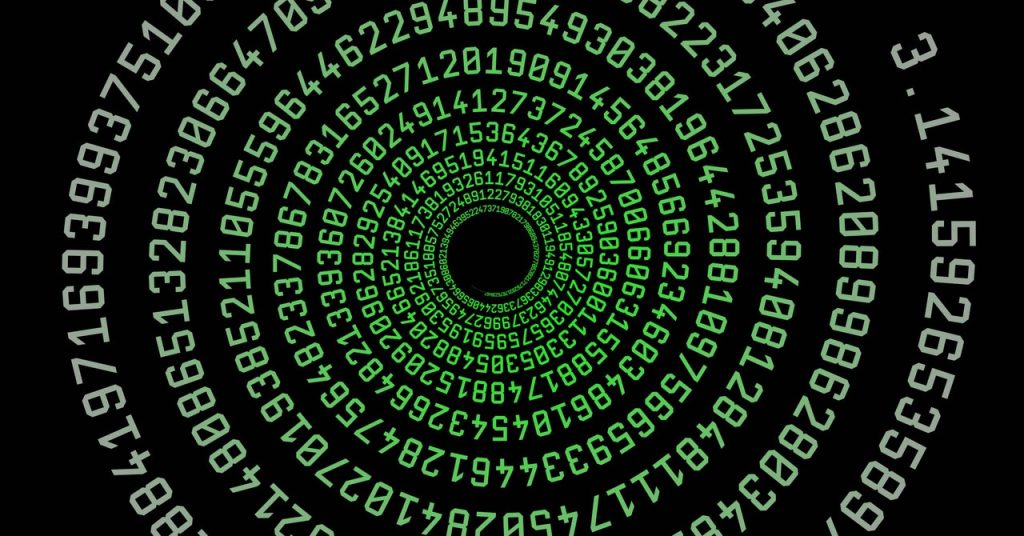The Irrationality of Pi and the Wonders of Number Systems
The Significance of Pi Day
For math enthusiasts, Pi Day, celebrated on March 14th (3/14), holds a special place in their hearts. This date is chosen because it resembles the first three digits of pi (3.14), a mathematical constant that represents the ratio of a circle’s circumference to its diameter. However, one of the most intriguing aspects of pi is its irrationality, meaning it cannot be expressed as a simple fraction of two integers.
The Limitations of the Decimal System
When we say pi is irrational, we are referring to its representation in the base-10, or decimal, number system. This system, which uses digits 0 through 9, was likely chosen because humans have 10 fingers to count on. Interestingly, the Latin root of “digit” is “digitus,” which means “finger.” While the fraction 22/7 is a close approximation of pi, it is not exact.
Exploring Alternative Number Systems
The question arises: could there be a number system in which pi is rational? The answer is yes. To understand how this works, let’s review the basics of number systems.
Understanding Number Systems
Imagine a primitive bean counter who assigns a unique symbol to each successive bean. This method quickly becomes cumbersome, requiring 200 symbols for 200 beans. A more advanced system, like the decimal system, uses only 10 symbols (0-9) to represent any quantity. Once you reach 9, you move one place to the left and start again, with each digit representing a multiple of 10, then 100, and so on.
For example, the number 214 can be broken down as follows:

Place values smaller than 1 are represented by negative exponents of 10. For instance, 3.14 can be expressed as:

The Binary Number System
Binary, the number system used in computing devices, employs only two digits: 0 and 1. To convert a binary number like 1010 to decimal, we use powers of 2 for each place value:

To convert a decimal number to binary, we divide by 2 repeatedly, keeping track of the remainders. For example, to convert 22 to binary:

For decimal places, we multiply by 2 instead, keeping the integer part as the binary digit. Converting 0.43 to binary looks like this:
<img alt=”A list of equations 0.43 x 2 = 0.86 arrow 0 x 2^1 0.86 x 2 = 1

3 Comments
Mathematics wouldn’t be the same without the mysterious and fascinating Pi!
Pi is the backbone of mathematics, but is it really that significant
The significance of Pi is undeniable, yet its reliability remains a mystery to many